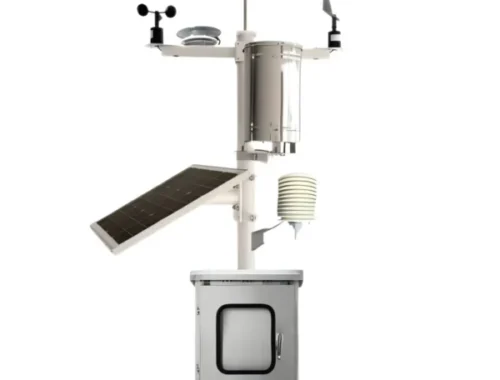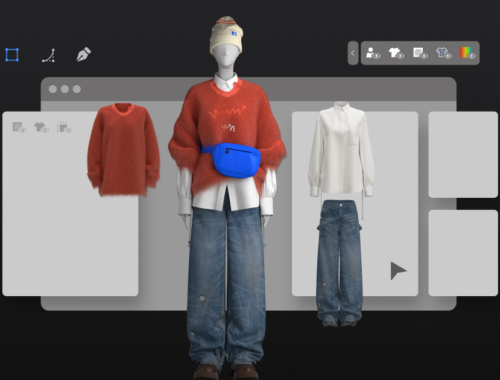The Ethics of Breaking Traffic Laws
It’s not about which laws you break—it’s about how you break them
Go to any community meeting where the subject is a new bike lane or similar project, and the neighborhood cranks will act like your city wants to dump lead in the water supply. Usually the chief complaint is some variation of the following:
“Those damn bikers don’t follow the traffic laws!”
Basically, the perception among the “Get off my lawn!” demographic is that cyclists are the scuds of the transportation landscape—a bunch of thrill-seekers who live for nothing more than exhilarating near-misses with decent, lawn-tending Americans. Drivers, on the other hand, are paradigms of responsibility, scrupulous Hyundai lessees beset on all sides by reckless velocipedists. Sure, studies have shown this to be a load of crap, but the myth persists nonetheless.
Of course, I’d never claim that cyclists don’t break traffic laws. In fact, I freely admit to doing so. However, even though I sometimes do things on my bike that are technically illegal, the simple fact is that in a car-centric environment there are many circumstances in which breaking the law on a bike is not only justified but necessary to ensure your survival. This is why I follow a framework far more sensible than any municipal traffic code.
Consider traffic lights. Bike-haters are fond of saying cyclists only treat red signals as suggestions. Frankly, I wouldn’t even go that far. When I’m on my bike, I regard traffic lights the same way a dog regards an alarm clock: it doesn’t mean shit to me personally, though I am quite invested in the behavior it inspires in those around me. See, Buddy the golden retriever doesn’t care what time it is or when your morning meeting starts. All he knows is that when your alarm goes off, you’re going to press that big button three more times before he finally gets to go out and take a leak. So he plans accordingly.
Similarly, the only relevant information I glean from a traffic light is how drivers are going to react to it. For example, I know that when the light turns green, three or four more drivers are going to speed through the intersection in a failed attempt to beat the red, and I also know that everyone behind me is going to start honking and doing their best to overtake and potentially right-hook me. This is why, at certain intersections, if there’s a safe moment for me to slip through the red and get a head start before the dam bursts, you’re damn right I’m going to go for it.
Of course, not all intersections and cityscapes are created equal. Context is everything. That’s why I break traffic laws on a sliding scale. In an area with heavy motor vehicle traffic and absolutely no bicycle infrastructure, I’ll do whatever I need to do to stay safe. If I’m in suburban strip-mall hell, there’s no shoulder, and drivers are buzzing me like I’m a spy plane in their airspace, I’ll take to the sidewalk if I deem it necessary. However, if there are protected bike lanes and dedicated bicycle traffic signals and other acknowledgements of my existence, I’ll adhere as closely as possible to the letter of the law—not only because it’s safe and practical for me to do so, but also because I want to show my appreciation for a street design that says “You belong,” not “Adapt or die.”
Most importantly, when breaking the law on my bike, I’m always courteous to a fault. Pedestrians are sacred, and I don’t speed through crosswalks when they’re crossing or in any way infringe on their space. Even if they too are breaking the law, I’m careful to yield, for I know we’re both acting out of necessity due to the fact that we’ve been forsaken by traffic engineers. I show similar respect to drivers, and never put them in situations where they’re forced to brake or swerve or in any way assume undue responsibility for my safety. Yes, some drivers actively hate us, but most are unwitting participants in a system that treats anyone who’s not driving as an afterthought. As a driver you’d have no idea I’m breaking the law precisely because I do so in order to spare you from the challenges of driver/cyclist interaction.
Okay, I know what you’re thinking: “Typical entitled cyclist, thinks he’s above the law because he’s smarter than everyone else.” Um, yeah, no shit. Cyclists have been forced into the gutter by drivers for the past hundred years, so of course anyone who’s riding bikes in this country for any amount of time has been forced to devise his or her own framework in order to survive and thrive. If it makes you feel any better, rest assured it’s not so much a sense of intellectual elitism as it is a survivalist one. Cyclists simply know more about how the streets work than drivers do in the same way that subway rats are more attuned to the workings of the transit system than the typical straphanger.
It’s also important to note that governments are coming around to the necessity of this behavior. The “Idaho Stop,” which allows cyclists to treat stop signs as yield signs and red lights as stop signs, has been legal in its eponymous state since 1982. And this year New York City introduced a pilot program allowing cyclists to follow the pedestrian signal instead of the traffic light at certain intersections in an acknowledgement that doing so can reduce the potential for driver/cyclist conflict.
Reetta Keisanen, cycling coordinator of Helsinki, sums it us thusly with regard to cyclist behavior:
“Cities get the cyclists they deserve. If you have good infrastructure, you will get good cyclists. It’s the same with drivers and pedestrians.”
To put it another way: if you want cyclists to follow the law, you’ve got to make it possible for them to do so without dying. As it is, many streets are still inhospitable if not downright hostile to cyclists, so its crazy to expect us to follow the rules just for the sake of appearances. After all, nobody’s going to put on their best clothes to go to a shit-show.
You May Also Like

AI in Fashion: Revolutionizing Design, Shopping, and Sustainability for a Smarter Future
February 28, 2025
Automatic Weather Station: An Overview of Its Functionality and Applications
March 14, 2025